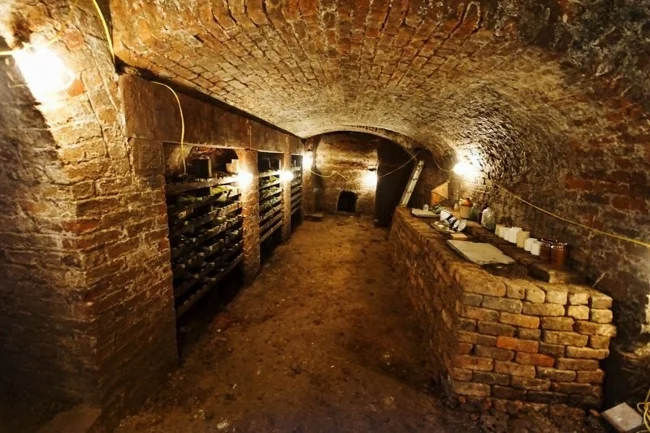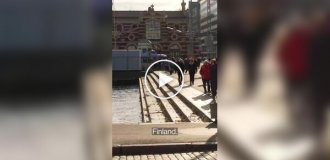Secret tunnels Liverpool: the legacy of an eccentric "benefactor" (10 photos)
Deep beneath Liverpool's Edge Hill lies a maze of mysterious tunnels, created by the whim of one of the most unusual men of his time. Joseph Williamson is a wealthy merchant who was not born into luxury, but worked his way up through hard work. 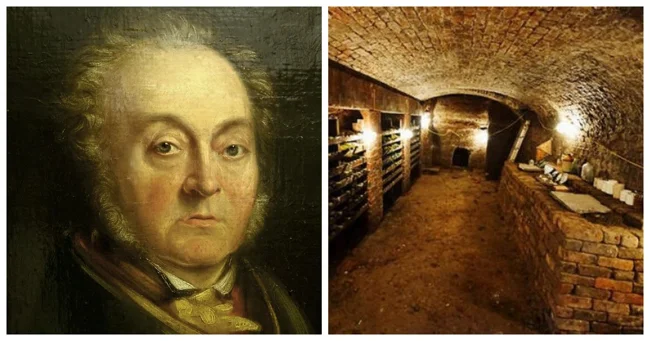
His father, a poor glassblower from Warrington, could not feed the family, and eleven-year-old Joseph went to Liverpool, where he got a job with tobacco merchant Richard Tate. 
Williamson didn't just grow up in the company, he married the owner's daughter and later bought the business from his son. By 1805, at the age of 36, he had purchased land on Edge Hill. At that time, it was a largely undeveloped area with sandstone cliffs and abandoned quarries. First, he built a luxurious house for himself and his wife, then other buildings with spacious gardens and orchards. But the land behind the houses dropped off sharply, and to stabilize it, Williamson built arched terraces.
And then... he started digging.
A Labyrinth Without a Purpose 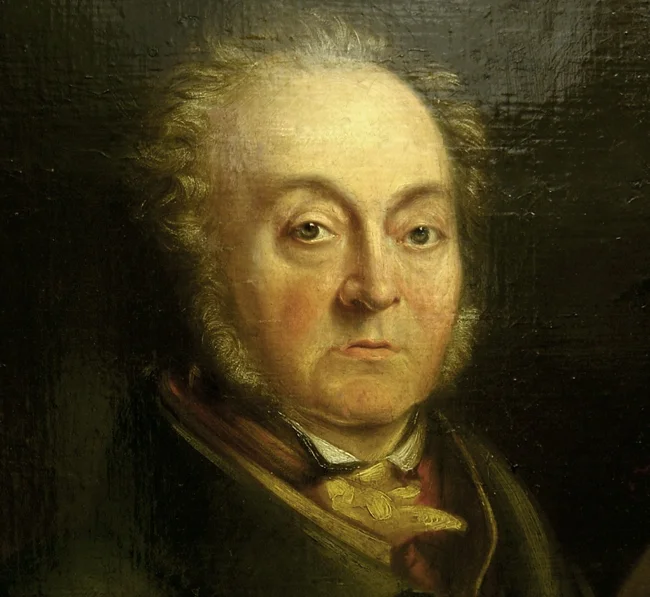
Over time, a network of tunnels appeared beneath his property, extending far beyond the boundaries of the site. Historian James Stonehouse, who explored part of the catacombs after Williamson's death in 1840, described them as "a strange place" with "vaulted passages cut out of solid rock" and graceful arches "that support nothing." Multi-level cellars were discovered beneath the buildings, sometimes up to six stories deep. And also - mysterious caves, the most famous of which was called the "Banquet Hall". 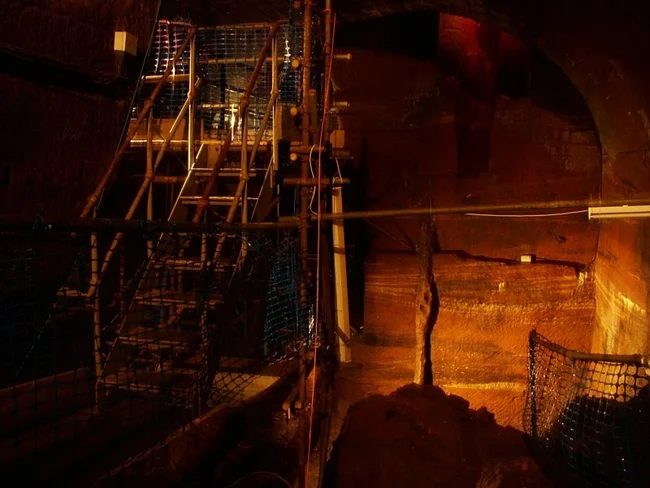
The tunnels were different: from narrow passages, where a person could barely squeeze through, to spacious galleries with high vaults. But why were they needed?
A philanthropist or a cunning businessman? 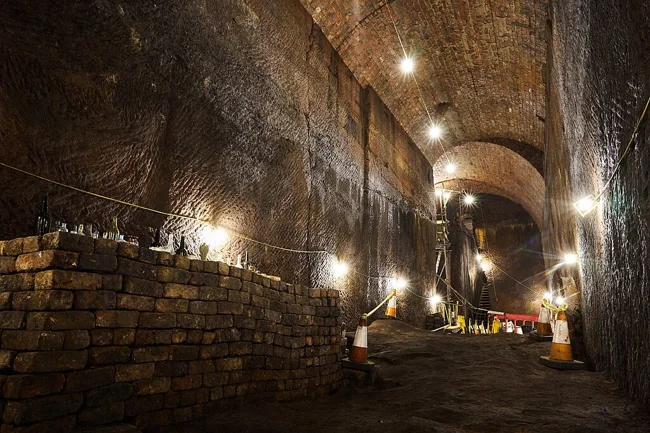
Williamson himself remained silent, and this gave rise to many theories. The most popular is that he wanted to give work to the poor instead of giving alms. After the Napoleonic wars, Liverpool was full of idle ex-soldiers. 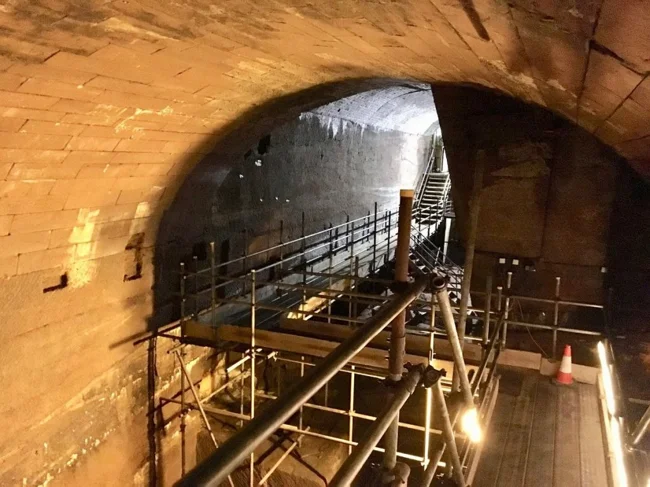
Some details of the tunnels seem to support this version: for example, the elegant brickwork in places where there was little light. Williamson was even said to have forced workers to move stones aimlessly or to brick up newly dug passages. Many of these people later found work building railways, so their skills came in handy. 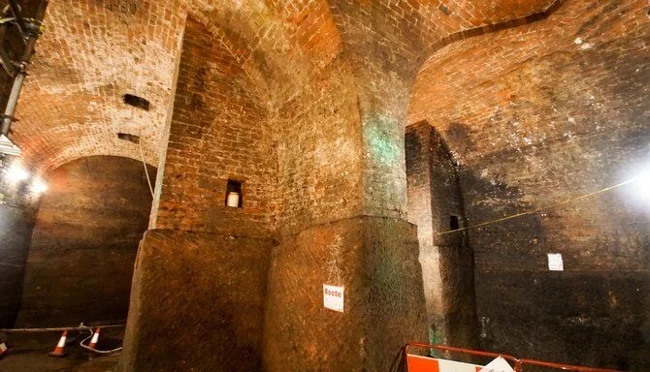
However, modern researchers believe that Williamson was not motivated by charity, but by a thirst for profit. In their opinion, he mined the stone for sale, but hid it to avoid taxes.
Forgotten Legacy 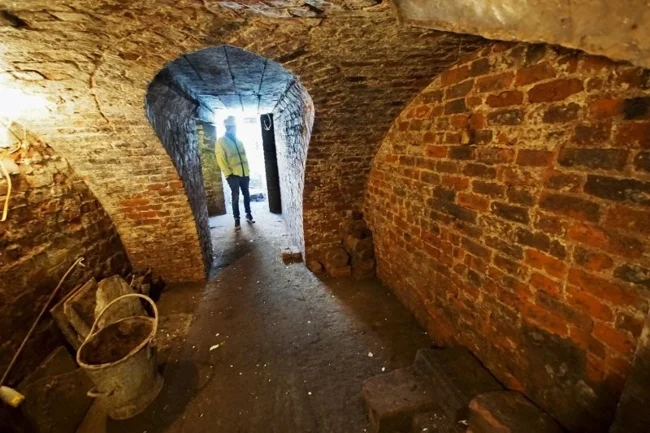
After Williamson's death, the tunnels fell into disrepair. Sewage flowed into them, turning the dungeons into fetid swamps. One day, a woman fell into one of these wells and drowned. Over time, the catacombs became a dumping ground for rubbish and construction waste, until most of the passages were buried. 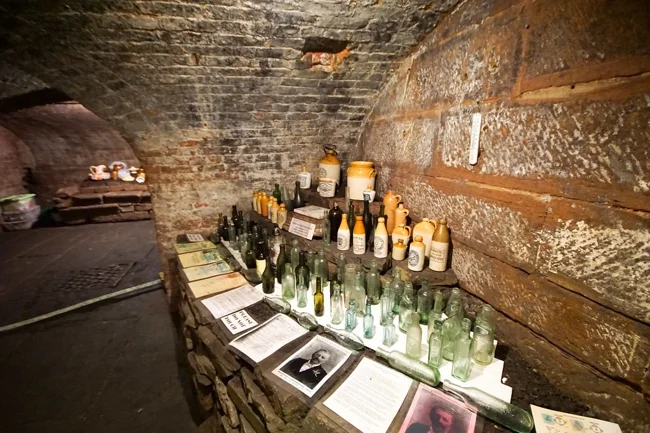
But the memory of them did not disappear. In the 1990s, some of the tunnels were cleared, revealing many of Williamson's personal belongings. Today, some areas are open to the public, and Joseph himself has remained in Liverpool history as a mysterious philanthropist (or cunning businessman) whose true motives remain underground. 